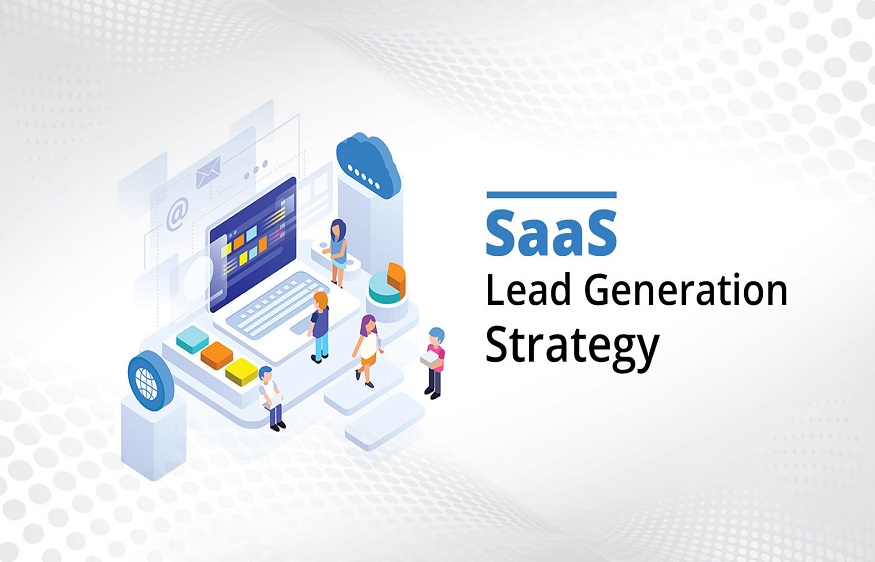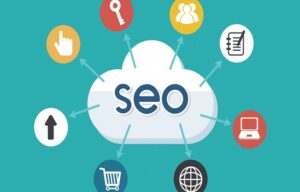Lead generation is the most important and often the most difficult aspect of any SaaS business. If you don’t generate leads, you won’t get new customers and therefore your SaaS business won’t grow.
SaaS lead generation is also quite unique due to the nature of the business: in SaaS, you’re not selling any physical product, so your audience has more time to compare your product with other online alternatives. Additionally, SaaS lifecycles can vary greatly, some can be very short and some can be very long, which can complicate the lead generation process.
So, planning a proper SaaS marketing strategy is very important for any SaaS business: you need to attract many people to your SaaS website, capture their information and capture them as leads, and nurture those leads until they are ready to buy. .
In this guide, we’ll learn everything we need to know about an effective SaaS lead generation strategy in 2020. At the end, you can use our actionable tips to develop your own lead generation campaign and start generating more leads. .
SaaS lead generation
Lead generation, in a nutshell, is the process of introducing your business to strangers and converting them into leads or prospects. A lead, on the other hand, is someone who has shown an interest in your brand/product/service.
In the SaaS industry, SaaS lead generation is the effort made by a SaaS company to attract more visitors to their website and capture their contact information (mainly email address). When a website visitor voluntarily provides their email information, they have converted as a lead or prospect.
The idea is that while these people may not be ready to buy right away, they have shown an interest in your brand (by volunteering their information). So they might be looking for a SaaS solution in the future, and you’ll have to nurture that lead until they’re ready to buy.
In general, SaaS lead generation consists of three main stages:
Attract people to your website
First and foremost, you need to attract visitors to your website. It’s also possible to take the person to other platforms (like your social media profile or an app), the idea is to take them somewhere where you can provide a form to capture their contact information.
However, a website that matches their needs and search intent is usually the most effective.
Engage them and encourage them to take action
This is usually done by engaging your audience with content (and keeping them on your site for as long as possible) and then offering a compelling call to action (CTA) so they can convert into a lead.
This is mainly done by offering a lead magnet: an attractive offer related to your content that can bring additional added value to your audience. The most common form of a lead magnet is closed content (downloadable content like an eBook or whitepaper that links to the initial content), but we can also use other CTAs, as we’ll see later. in this guide.
Convert visitors into leads
Your lead magnet and/or CTA should drive visitors to a landing page (or provide a signup form) that will capture their contact information. If it’s a landing page, you can also provide more details about your main magnet offers.
After successfully capturing the required contact information (mainly the email address), you have successfully converted this visitor into a lead.
However, while the lead generation process is quite simple, the details can be quite complicated, as we will see later in this guide.
Common SaaS Lead Generation Mistakes
Before we continue with our step-by-step guide to creating a lead generation strategy, let’s discuss some common mistakes and misconceptions in developing a lead generation strategy:
While it may seem obvious to generate more and more leads, it can actually be counterproductive in the long run. Generating leads costs money, and nurturing those leads will also cost more money and time. As a result, generating and nurturing low-quality leads can be a significant waste of time, money, and resources.
On the other hand, when a lead has a bad experience with a certain solution, they may also tell that bad experience to other prospects and customers, which can hamper your future lead generation campaigns. A low quality lead may actually convert, but they will also have a higher risk of churn.
Different companies may also have different criteria for determining lead quality. The basic principle is that the closer the prospect is to your ideal audience (your buyer persona), the higher their quality as leads.
Additionally, your marketing and sales teams may have different definitions of “qualified leads,” which is why we often distinguish between qualified sales leads and qualified marketing leads. In this case, be sure to bring your sales and marketing teams together so they can properly discuss their definitions.
In general, your sales and marketing teams should consider prospect fit and interest. A higher fit means a particular prospect is more like your ideal audience (or buyer persona), as we saw above. However, even if a prospect is already a good candidate, it does not automatically mean that they are interested in your product, and that is why it is important to measure interest.
The measurement of adjustment and interest will be directly related to our next point below.
Not having a full understanding of your ideal audience
One of the biggest and most common mistakes in lead generation is ignoring the importance of identifying your ideal audience and buyer persona.
A buyer persona is a model, a profile of your perfect fictional buyer based on data and research. By properly creating a buyer persona, you can understand who your ideal prospects are, their behavior, buying habits, and more.



